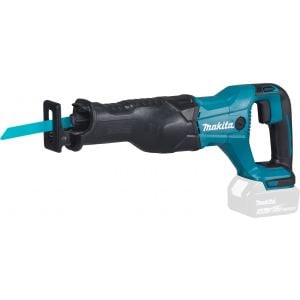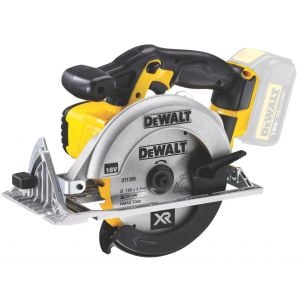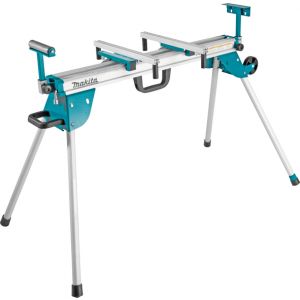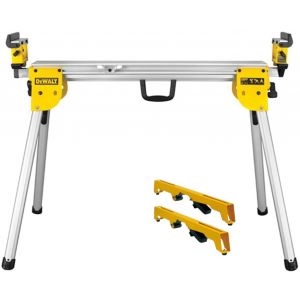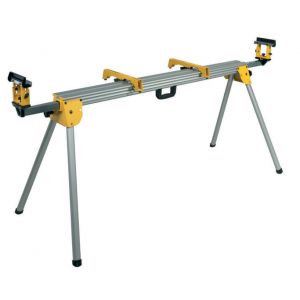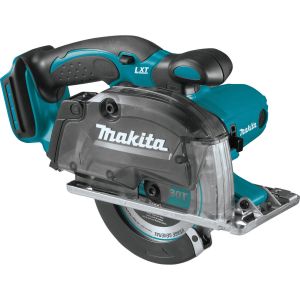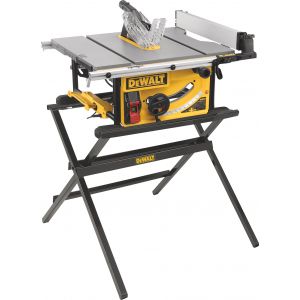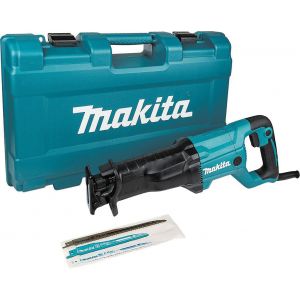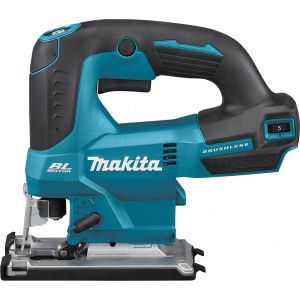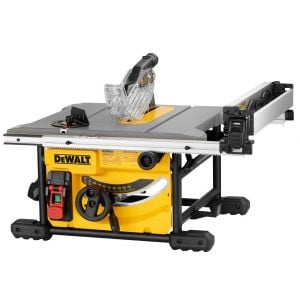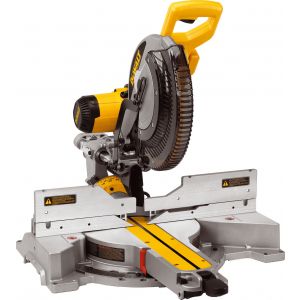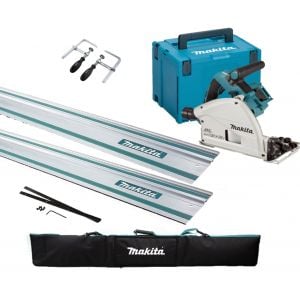The online power tool trade counter:
There are a wide variety of saws used on wood, metal, plastic, foam etc. Jigsaws, circular saws & mitre saws tend to be the more popular as well as having the greater variety of features to choose from. More complex cuts are achieved with mitre saws, slide mitre saws, slide compound mitre saws, table saws and flip over saws. Specialist saws such as foam cutters and drywall cut out tools are available.
- Please choose from the types of saws on the left & then we'll help you better match your needs. If you have a brand preference or know the power source you need, please select that too.



